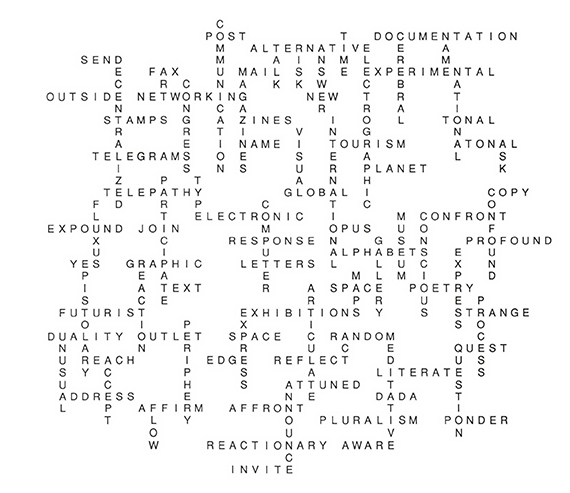
© Armin Linke
Since 1990, the annual Loebner Prize for artificial intelligence awards the most human-like Chatterbots worldwide. Using Alan Turing papers as a basis and the Turing test as a standard for judging, humans decide which answers are the most ‘human like’, bringing back the question "Can a Machine Think?" while measuring the intellect of the machines. Together with machine vision and speech recognition, seemingly simple chatterbots, are the important part of an “ideal intelligent machine”. Current promise is that artificial intelligence will become very present in architecture supporting the working process, solving the problems that would take days, making environment simulations and analysis of the spatial network on many levels. However, the course ‘The Architecture of Inhuman. A dialogue with machines’ is not interested in teaching new tools nor programming a software. The course aims to understand the computational logic, question the premises of its production and implementation and thus building new tools for understanding the contemporarity.
This course is conceived for students from both, the Faculty for Architecture and the Faculty of Computer Science and Biomedical Engineering of the TU Graz. Suggested common ground between both disciplines the adherence to a set of very strict rules, here understood as algorithms, grounding elements of today’s world. Through a dialogue that challenges artificial intelligence on the one hand, and reveals the ideological and technical systems behind it on the other, participants will explore political, economical and social issues (gender, race, classes) in the contemporary society. On which kind of question is it not possible to have an answer? Which kind of reasoning is not computable? Where are the limits of the conversation?
The course consists of three parts. The first part consists of lectures, film screenings, close reading and group discussion about the seminar topics and particular aspects, as well as conversations with the experts for gender and technology, Prof. Dr. Corinna Bath (SPSC); artificial intelligence and machine learning, Prof. Dr. Wolfgang Maass (IAAM); speech communication and modelling, Dr. Barbara Schuppler (SPSC) as well as with the curator and critic on art and technology, Mohammad Salemy (NCRP). The second part involves critical writing and development of a set of questions for the dialogue with self selected artificial intelligence: Rose, Mitsuku, Xiaoice or Eugene. The hereby-triggered dialogue between humans and non-humans will be analyzed in the third part of the seminar. Also, a mind map in different media (drawings, sketches and photos) will be realized. The last part again includes group work that shall think about the form of representation and exposure of the most urgent issues.
REQUIREMENTS
Participants in the seminar will be asked to choose an advanced chatterbot. Required reading (including Bruno Latur, Donna Haraway, Orit Halpern, Peter Galison, Susan Schuppli, etc.) and Sci-Fiction film selection (Alphaville, 1965; Colossus: The Forbin Project, 1970; Her, 2013; Plug and Play, 2010 etc.) is obligatory, and they form a base for discussions. Further requirements include extended on-line and off-line research and active attendance at the interdisciplinary lectures. Participants are welcome to suggest additional reading or audio-visual material. Moreover, students will be required to formulate relevant questions and to sketch out the conversation with the intelligent machines. At the end of the course, students will think and produce an artistic artefact based on the dialogue with the non-humans and the issues discussed and collected over the course. Accompanying the course, a mind map (open source) of the association, undercover structures, relations and reflections will be continuously developed during the 6 course sessions.

